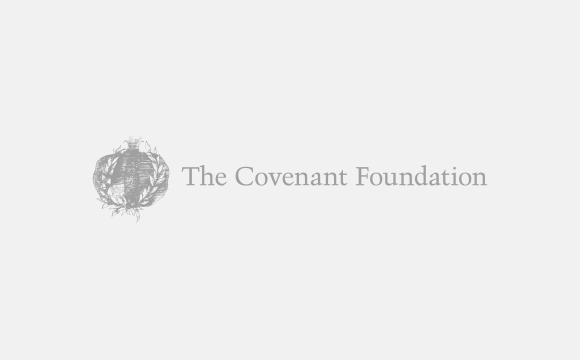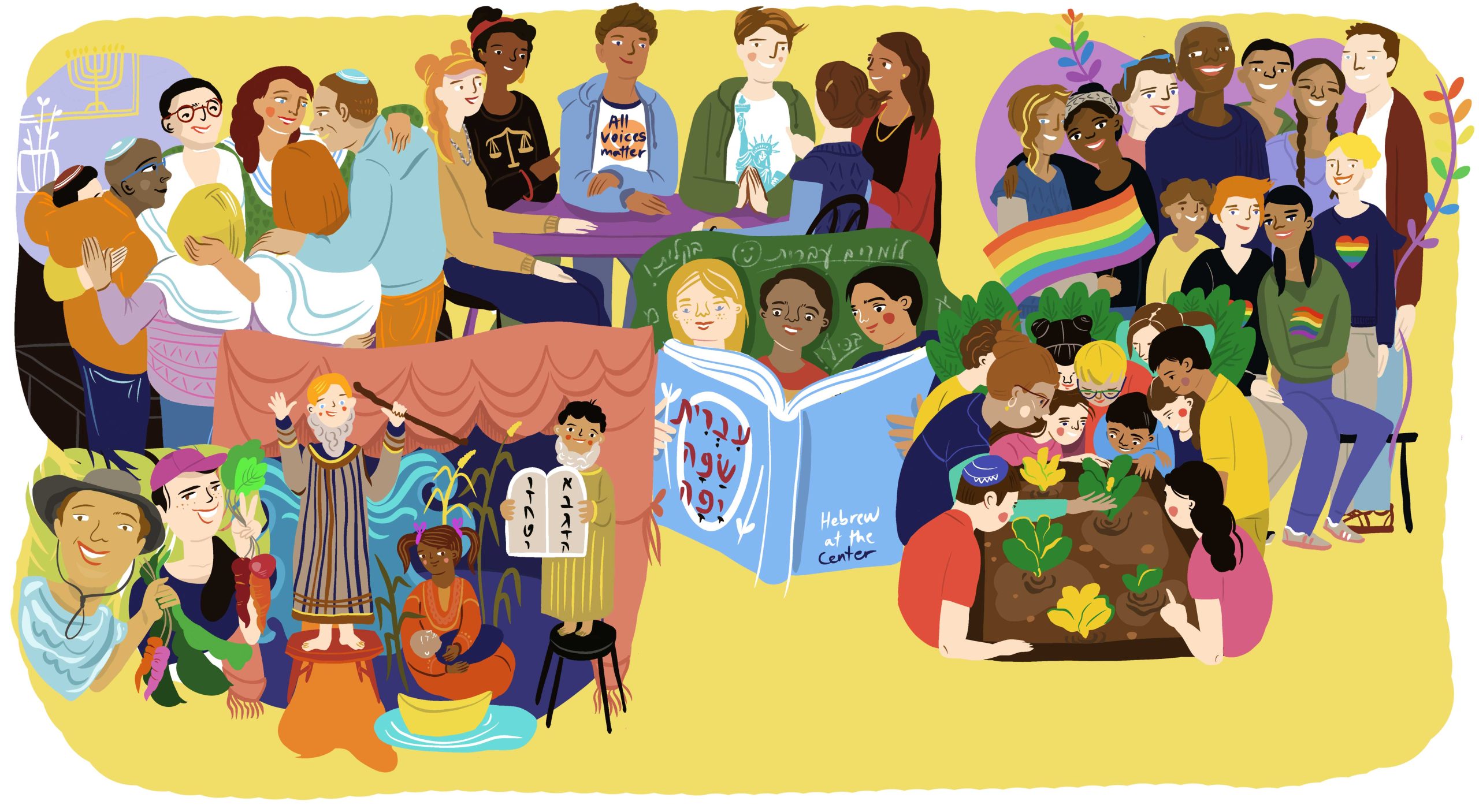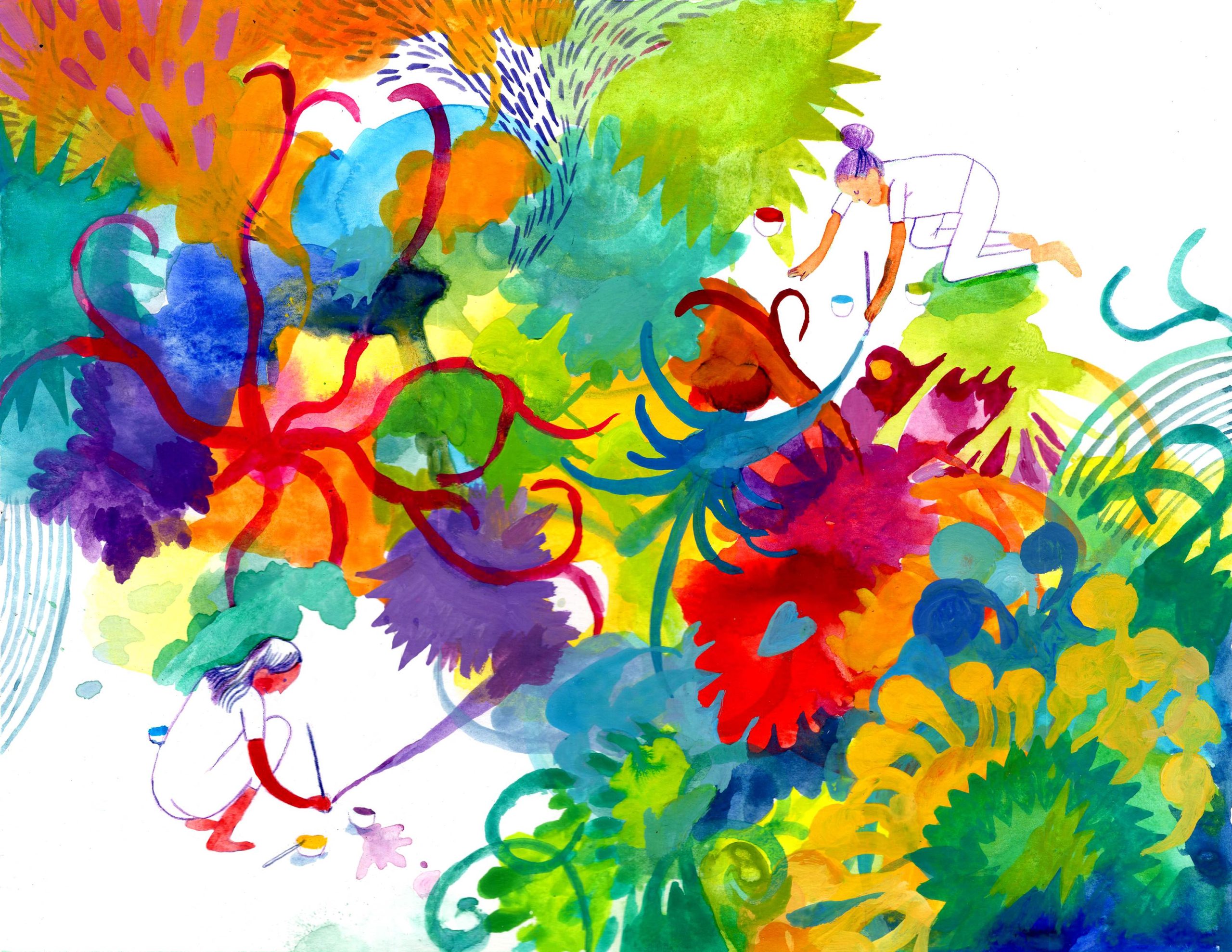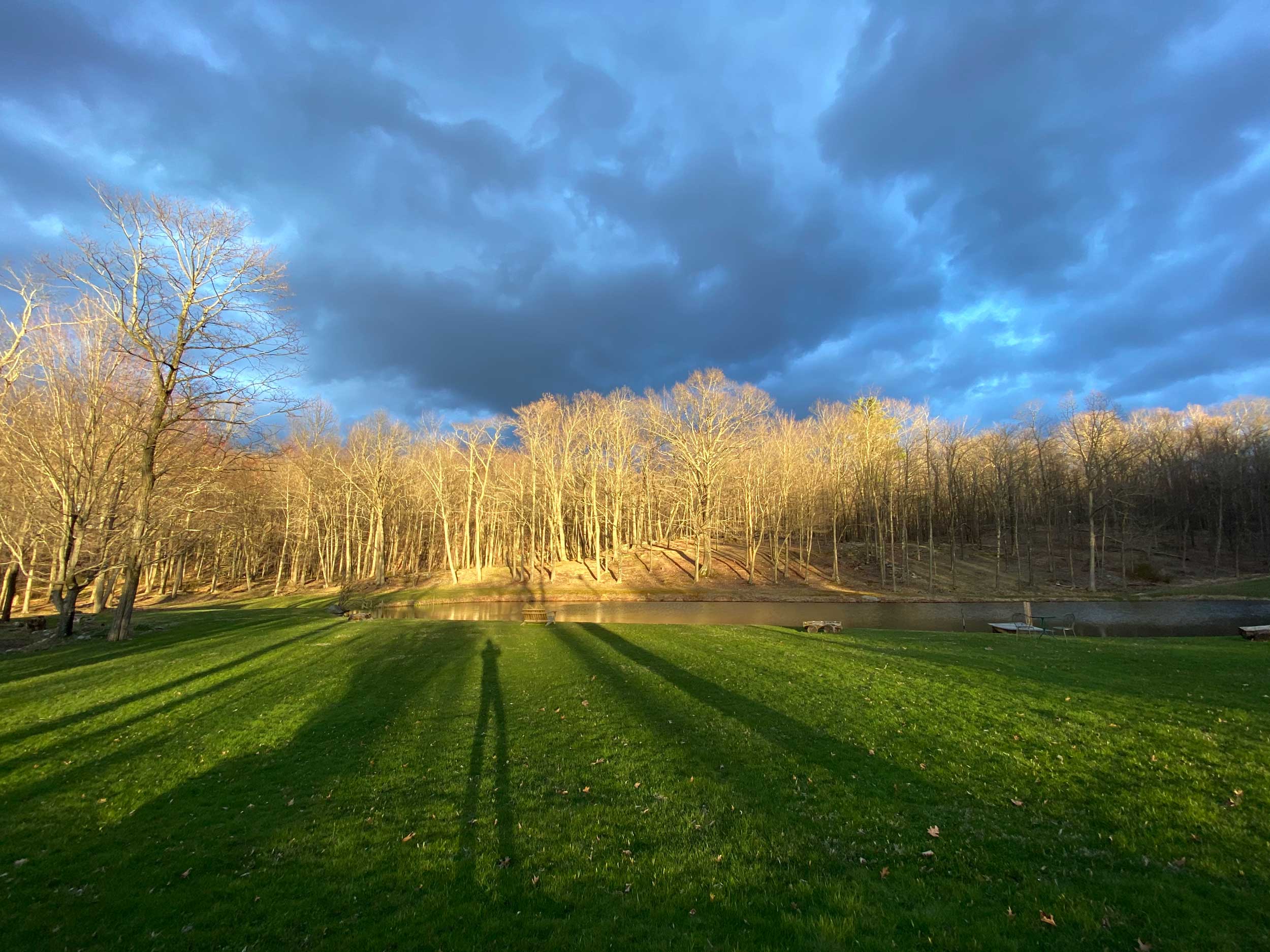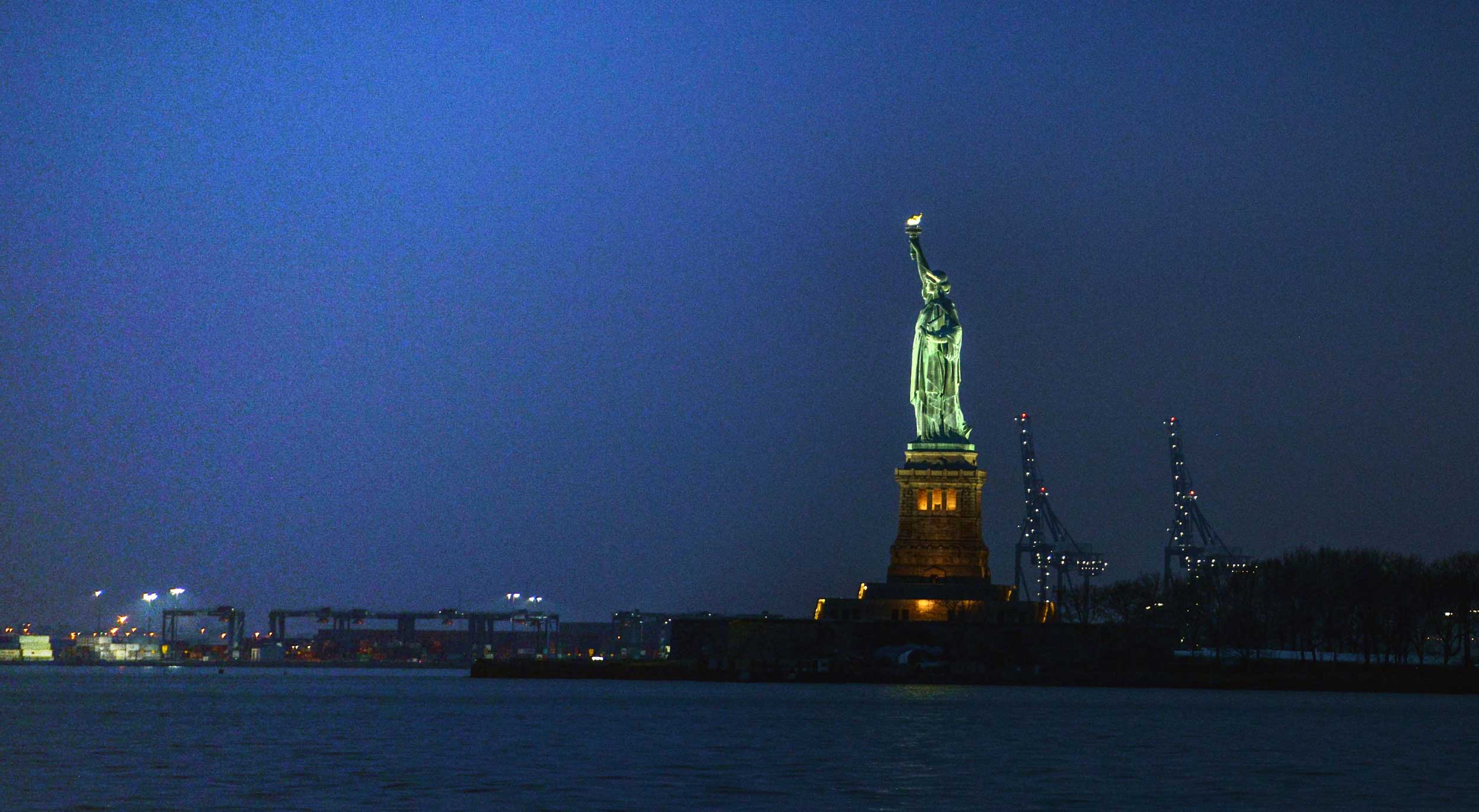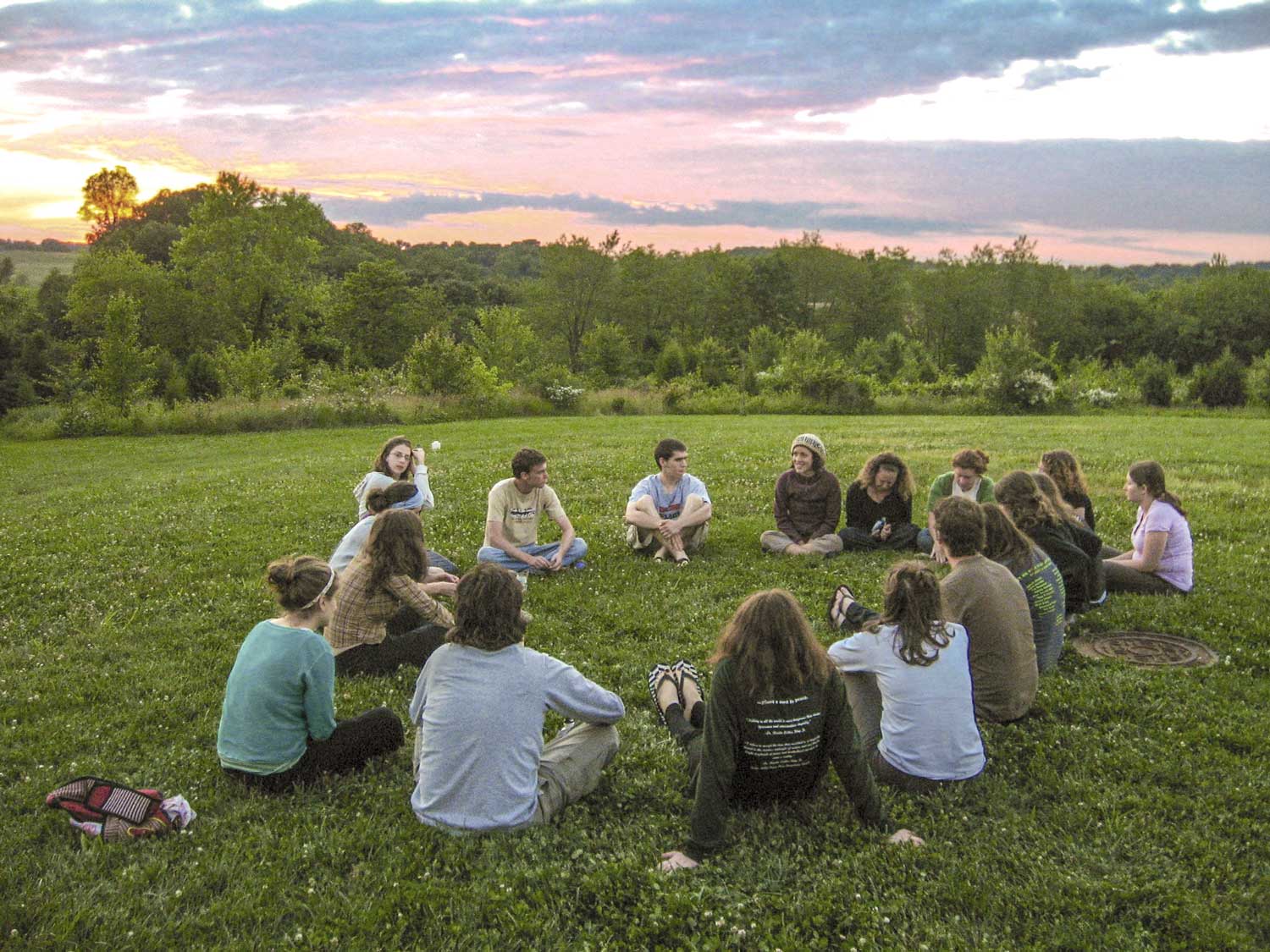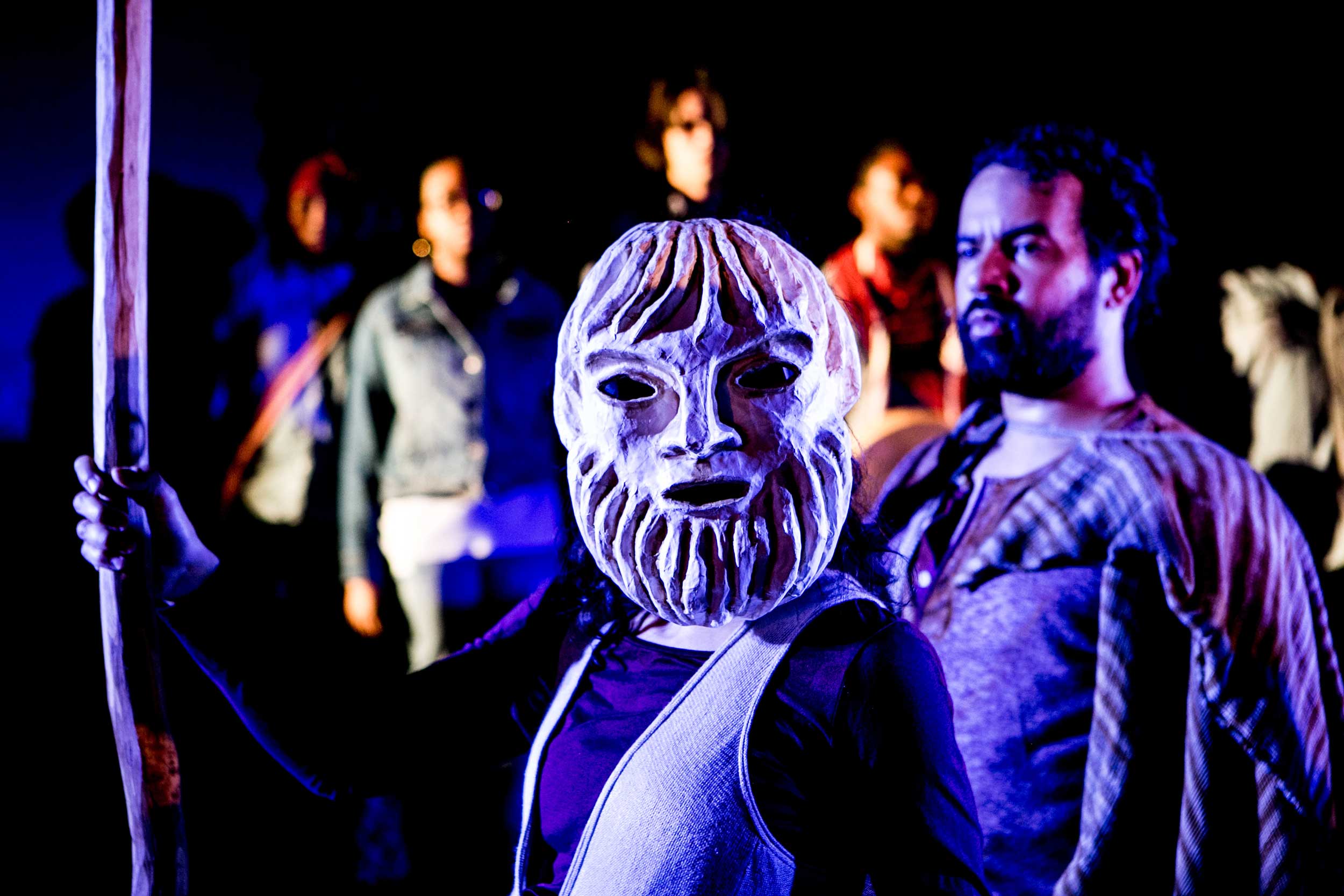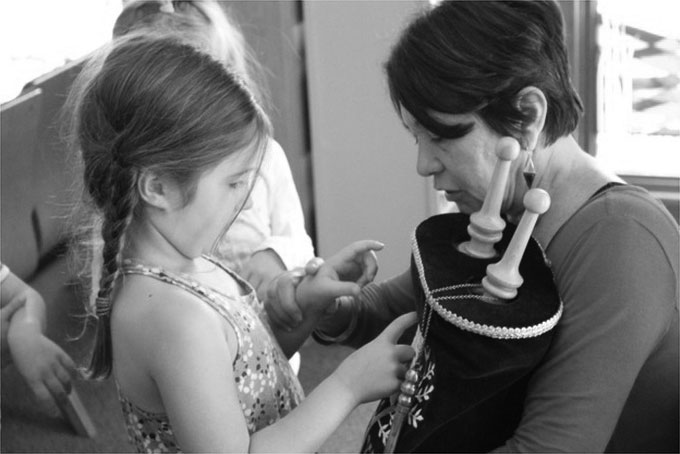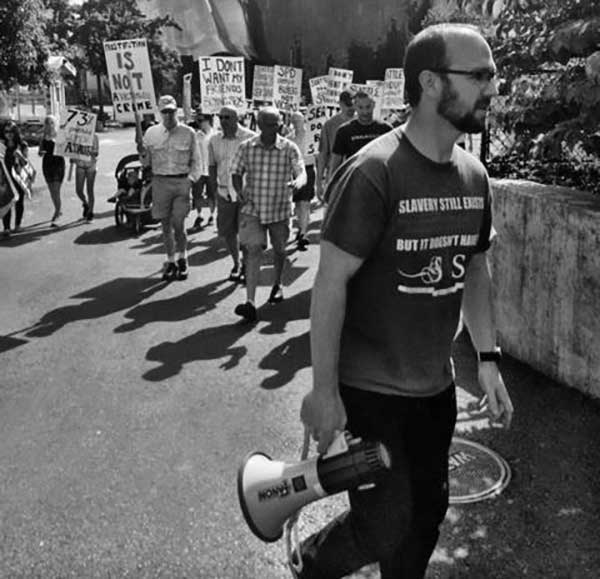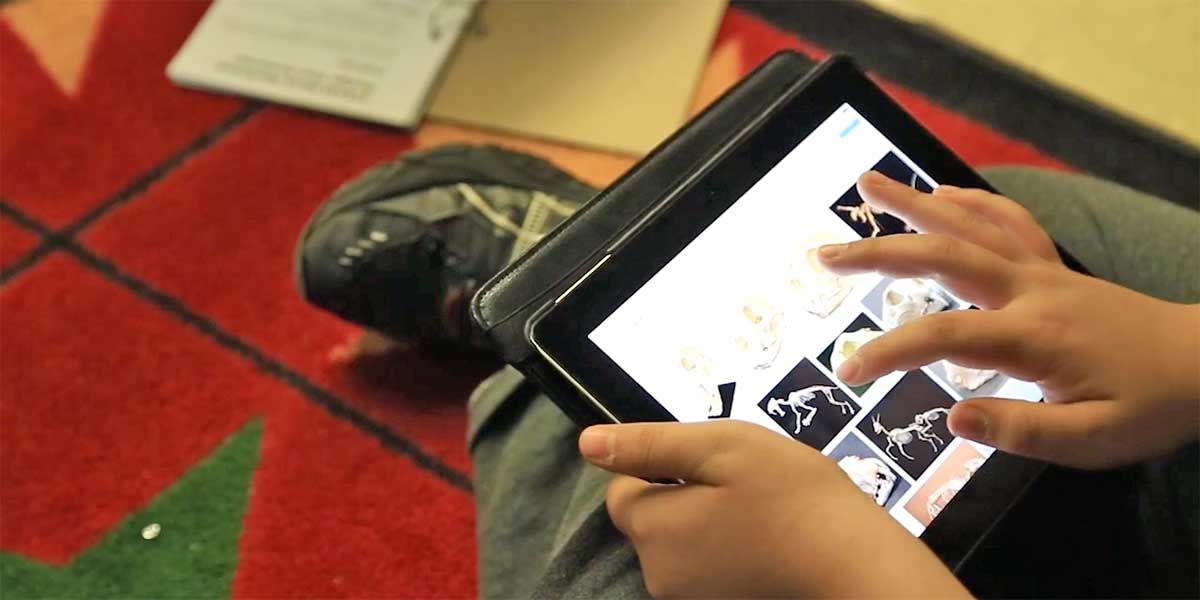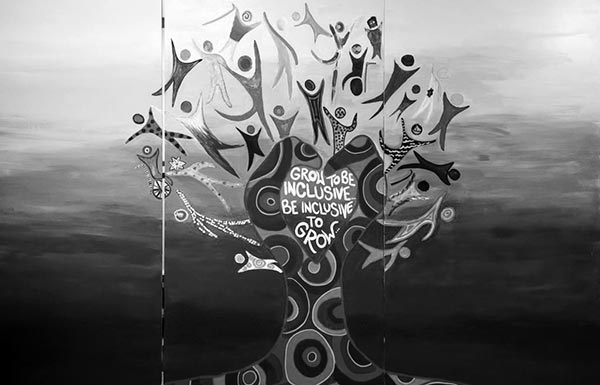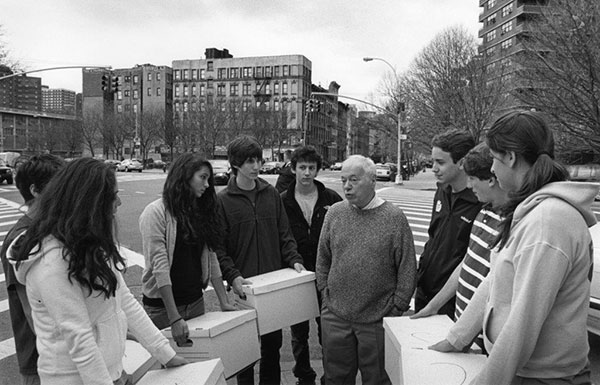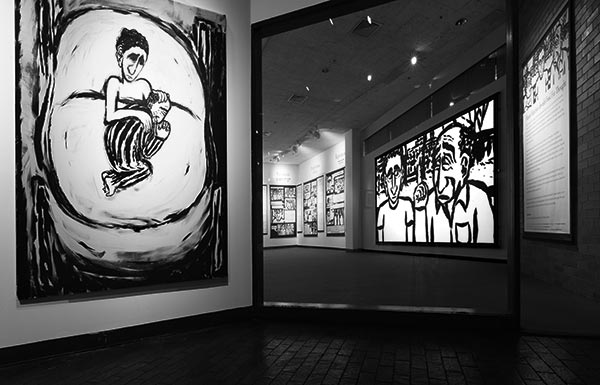
ARTICLE What Emma Lazarus Can Teach Us About Our World Today
Give me your tired, your poor,
Your huddled masses yearning to breathe free…
Most Americans can immediately recognize the immortal words of Emma Lazarus’s famous sonnet The New Colossus, written in 1883 and inscribed on the pedestal of the Statue of Liberty. But how many know the deeper story of the intellectual life of this 4th generation American Jew and the contributions she made to society in the years after the Civil War?
As the national grappled with issues of race, gender, labor and immigration, Lazarus entered the political fray by writing essays, articles and poems in response to all that she’d read in the journals of the time. Now, her sitting room in that brownstone where she penned so many of her prized works, will become a place of learning and exploration, as the American Jewish Historical Society prepares to mount the exhibit “From Sitting Room to Soapbox: Emma Lazarus and Union Square, 1860s-1930s.”
The planned installation, which is slated to open in Fall 2019, will allow visitors to explore these debates by immersing themselves in a recreation of Lazarus’s sitting room, complete with an interactive “illuminated touch-activated storybook,” and a window that dissolves first into a screen projection of The New Colossus and then dissolves again, to feature the poems of visitors to museum, a meta feature meant to engage visitors in the act of writing as protest, debate and giving voice to those without a natural platform.
Learn more about the planned exhibit by watching this short video, created by the AJHS
Once visitors exit Lazarus’s sitting room, they will enter a recreation of Union Square, where Lazarus herself spent hours listening to orators on their soapboxes. In the 1880’s, Union Square was a magnet for debaters who would speak on issues such as abolition, suffrage and labor. Visitors will have the chance to hold up a picket sign on a topic of their choice and upon doing so, will be surrounded by a backdrop image that reflects that particular topic, immersing themselves in a virtual world of politics in the late 1800’s. In each case, the stories on the backdrop screen, composed of text, images and speeches, will explore the context and the opposition of the issues at hand during that rich and intense time in our nation’s history.
“Emma Lazarus’s “New Colossus,” written in 1883, is perhaps America’s most enduring poem, but few people know about its author, and the context in which she wrote the poem,” said Annie Polland, Executive Director of the American Jewish Historical Society.
“AJHS has Lazarus’s notebook in its collection, and it inspires us to tell a fuller story about Emma: her involvement with Jewish refugees, her thoughts on Jewish identity and history, and how she actively wove her American identity into her Jewish identity. While people know the poem, we want to tell the poem’s story in a way that highlights Emma’ civic participation and engagement.”
By Adina Kay-Gross for The Covenant Foundation
More to Consider
- Give Us Your Tired, Your Poor: The Story of Poet and Refugee Advocate Emma Lazarus (The Washington Post, February 1, 2017)
- Sonnet for America (Episode 9, Can We Talk podcast, Jewish Women's Archive, released November 23, 2016)
